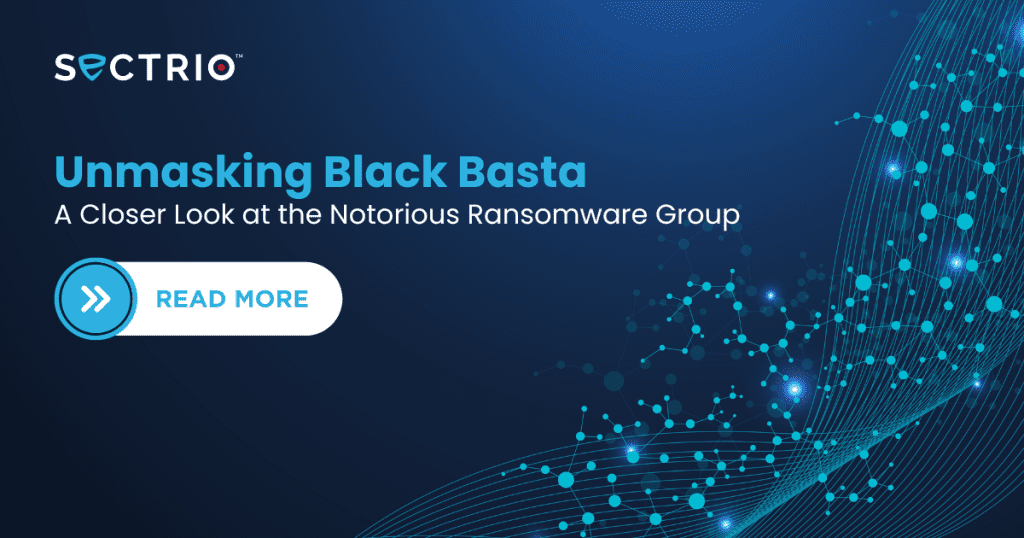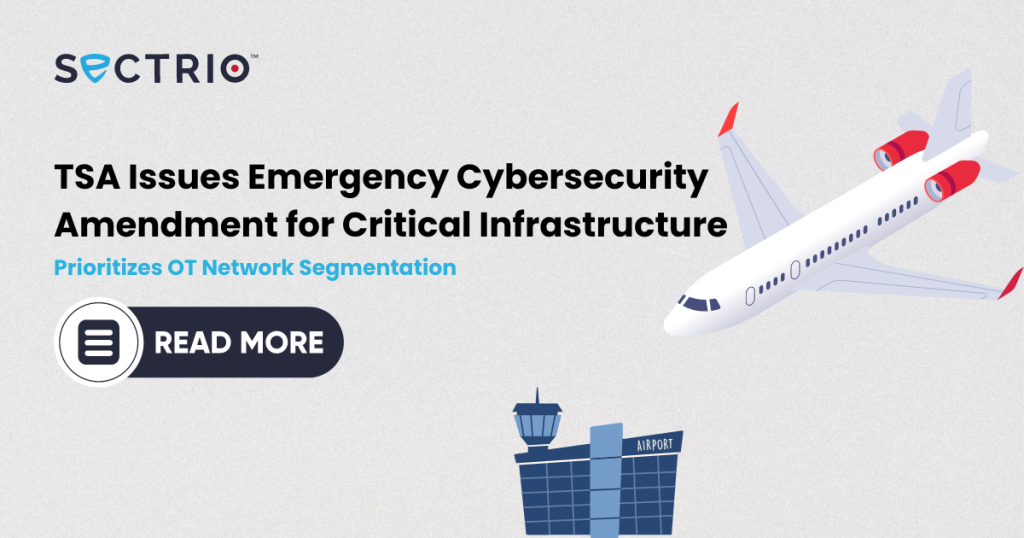Industrial Cybersecurity Challenges and Solutions
One of the most vital aspects of modern business operations is industrial cybersecurity. This is especially true as industries more and more rely on complex and interconnected systems. The integration of advanced technologies in critical sectors such as energy, transportation, manufacturing, health, and others has made it necessary to safeguard industrial control systems (ICS) from unethical actions. Industrial cybersecurity focuses on protecting these systems from cyber threats that could disrupt operations, cause financial losses, or even pose risks to public safety. Reliance on Operational Technology (OT) and the Need for Robust Security Measures Industrial operations are rapidly evolving, driven by the integration of OT into traditional information technology (IT) environments. OT includes the hardware and software that detect or cause changes through direct monitoring and control of physical devices, processes, and events within an enterprise. This combination of OT and IT offers significant benefits, like improved efficiency, predictive maintenance, and real-time data analytics. However, it also introduces new vulnerabilities. As industries become more capable digitally, the risk of cyberattacks targeting OT systems increases. These systems were traditionally isolated and not designed with cybersecurity in mind, making them susceptible to exploitation. The consequences of a cyber incident in an industrial setting can be severe, ranging from production downtime and financial loss to safety hazards and environmental damage. Therefore, implementing robust security measures is not just a best practice but a necessity. Key Considerations for Enhancing Industrial Cybersecurity Integration of Security into OT Environments The first step is acknowledging that traditional IT security measures alone are insufficient. OT environments require tailored security approaches that address their unique characteristics and operational demands. This includes ensuring that all devices, from programmable logic controllers (PLCs) to sensors, are securely configured and regularly updated. Network Segmentation Effective network segmentation helps contain potential breaches by isolating critical systems from less secure networks. By creating zones and conduits, industries can limit the movement of attackers within the network, thereby protecting essential processes from being compromised. Continuous Monitoring and Incident Response Proactive monitoring of OT systems is vital for the early detection of anomalies and potential threats. Implementing robust incident response strategies ensures that in the event of a breach, the impact is minimized and normal operations can be restored swiftly. This includes having a well-defined response plan and conducting regular drills. Collaboration and Training Enhancing cybersecurity is a collaborative effort that requires buy-in from all stakeholders, from the executive level to the operational floor. Regular training programs for employees on cybersecurity best practices, coupled with fostering a culture of security awareness, are critical components of a comprehensive security strategy. Compliance with Industry Standards: Adhering to industry-specific cybersecurity standards and regulations, such as the NIST Cybersecurity Framework or IEC 62443, provides a solid foundation for developing and maintaining secure OT environments. These standards offer guidelines and best practices that help organizations systematically address security risks. The growing reliance on operational technology within industrial sectors emphasizes the urgent need for robust cybersecurity measures. As OT systems become increasingly interconnected with IT environments, they become more exposed to cyber threats. Organizations must prioritize the protection of these critical systems by implementing comprehensive security strategies that cover integration, segmentation, continuous monitoring, collaboration, and adherence to industry standards. By doing so, companies can safeguard their operations, protect their investments, and ensure the safety and reliability of their industrial processes. That being said, like all other facilities, industrial cybersecurity also comes with its set of challenges. Challenges in Industrial Cybersecurity Resource Shortages The scarcity of skilled cybersecurity professionals presents a significant challenge for industrial organizations. As cyber threats become more sophisticated and diverse, the demand for cybersecurity expertise continues to outstrip the available talent pool. This shortage impacts organizations’ ability to maintain effective defenses against evolving cyber threats. Skilled cybersecurity professionals are essential for implementing and managing robust security measures, conducting thorough risk assessments, and responding effectively to cyber incidents. Without an adequate workforce, organizations may struggle to keep pace with the constantly evolving threat landscape, leaving them vulnerable to cyberattacks and data breaches. Additionally, the lack of skilled professionals can hinder the implementation of best practices and adherence to industry standards, further exacerbating security risks. Blurring Boundaries The convergence of IT, OT, and Internet of Things (IoT) devices blurs the boundaries between traditionally separate domains, complicating security strategies. Historically, IT and OT environments were segregated, with distinct security protocols and technologies. However, as industries embrace digital transformation initiatives, these boundaries are becoming increasingly porous. The integration of IT, OT, and IoT devices introduces new attack vectors and complexities, as cyber threats can now target interconnected systems across the enterprise. Securing these converged environments requires a holistic approach that considers the unique security challenges posed by each domain. It also necessitates collaboration between IT and OT teams to develop and implement comprehensive security strategies that address the interdependencies between systems. Secure-by-Design Devices The lack of secure-by-design devices in industrial environments poses a significant security risk. Many legacy industrial control systems were not designed with security as a primary consideration, making them vulnerable to cyberattacks. Additionally, the proliferation of IoT devices introduces a wide range of connected endpoints that may lack adequate security features. To address this challenge, there is a growing need for secure product development practices that prioritize security from the outset. Manufacturers must incorporate security features into the design and development process of industrial devices, ensuring that they adhere to industry best practices and standards. Secure-by-design principles include implementing robust authentication mechanisms, encryption protocols, and secure firmware update mechanisms to protect against cyber threats. Supply Chain Risks Vulnerabilities in supply chains present significant risks to industrial cybersecurity. Organizations rely on a complex network of suppliers and vendors to source components, equipment, and software for their operations. However, this interconnected supply chain introduces numerous opportunities for cyberattacks, such as supply chain compromises, counterfeit components, and malicious software. To mitigate these risks, organizations must adopt a proactive approach to supply chain security. This includes implementing rigorous vendor risk management processes, conducting thorough due
Industrial Cybersecurity Challenges and Solutions Read More »










